At the time of writing, the Soberanes Fire has burned over 60,000 acres in Monterey County and is about 45% contained. The fire area covers much of Garrapata State Park, a scenic and rugged redwoods park at the southern end of the coast redwood range. We don’t yet know whether, or to what extent, the park’s redwood groves are suffering damage; and while the primary concern is for the well-being of nearby human communities, it’s interesting to consider the implications of fires like this in the redwood forest.
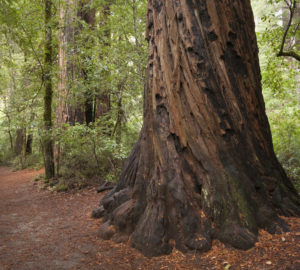
Coast redwoods and giant sequoias are superbly suited to withstand these smaller fires. That’s why, on a hike through any mature redwood forest, you’re likely to see burn scars here and there on healthy, thriving trees.
But now, due to a warming climate and years of fire suppression policies, we often get super-hot, intense fires that are difficult to control, can climb up into the forest canopy, and are capable of destroying forests and killing even the biggest, most resilient redwoods.
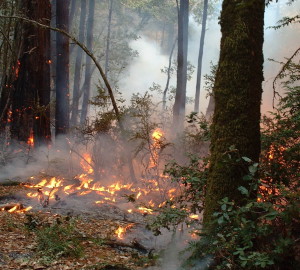
The League also advocates for a policy shift away from fire exclusion. An adaptive policy that allows for the natural fire regime to be more closely replicated will lower the risk of huge, hot fires and leave both human and natural communities safer and healthier.
You can help by supporting the League’s forest restoration work.
Learn more about wildfire and the redwoods by checking out the Threats to the Redwoods page and these other blogs:
• Fire Season, by Richard Campbell, on why bigger and more destructive fires have been occurring recently
• Like a Phoenix, by Dr. Emily Burns, on some ecological impacts of forest fires
• Native American Use of Fire, by Deborah Zierten, on how and why Native Americans practiced burning
• One Way to Manage and Protect a Forest: Burn It, by Jessica Neff, on fire as a forest stewardship tool


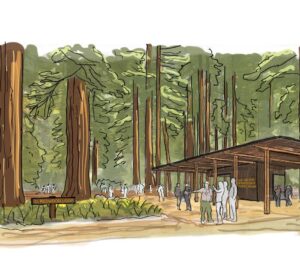

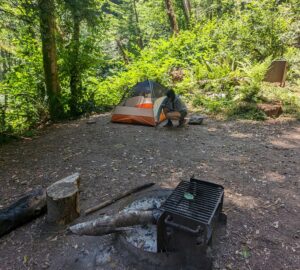
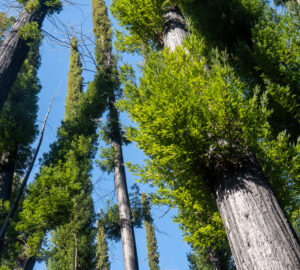
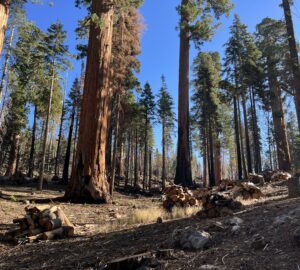

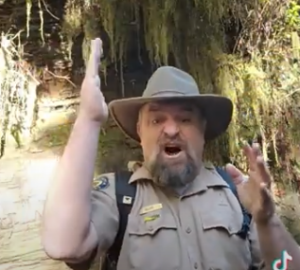
6 Responses to “Soberanes Fire Burns in the Redwood Region”
Save the Redwoods League
Thank you everyone for the lively discussion! CAL FIRE and the Forest Service have used a variety of aircraft on the Sobranes Fire. The current status update (inciweb.nwcg.gov/photos/CALPF/2016-07-25-1228-Soberanes-Fire/related_files/pict20160806-113503-0.pdf) says 16 helicopters are working on the fire. Here is a guide to the fleet: calfire.ca.gov/communications/downloads/fact_sheets/Aviation_Firefighting_webbooklet.pdf As you can see, many of these are capable of taking on water and delivering it to firefighting regions. Saltwater is sometimes used, but it’s corrosive to the planes and not great for the environment; chemical fire retardants are usually favored. Another consideration is that these aircraft had to be deployed to fight other fires across the state, in addition to the Sobranes fire.
Patricia Woolley
I agree with Marcia King why does California not own Canadaire planes. I am in southern France right now , also prone to wildfires but the Canadaire are so efficient .
marcia king
I don’t understand why they can’t put it out sooner. Why don’t we have scooper planes (I’ve seen then put out fires in 20 minutes….at the beginning) available year round…instead of leasing from Canada in Oct. And is there an issue about dropping salt water on the forest???
Janet French
The video of the lichen bug was mind-boggling (bugaling?). You missed indicating its size – very small?
Deborah Zierten
Hi Janet! Thanks for the question. I’m not sure exactly how long this bug is, but my best guess is a couple of inches. Hope that helps!
Anne McPherson Tracy
Very informative and interesting. Thank you.